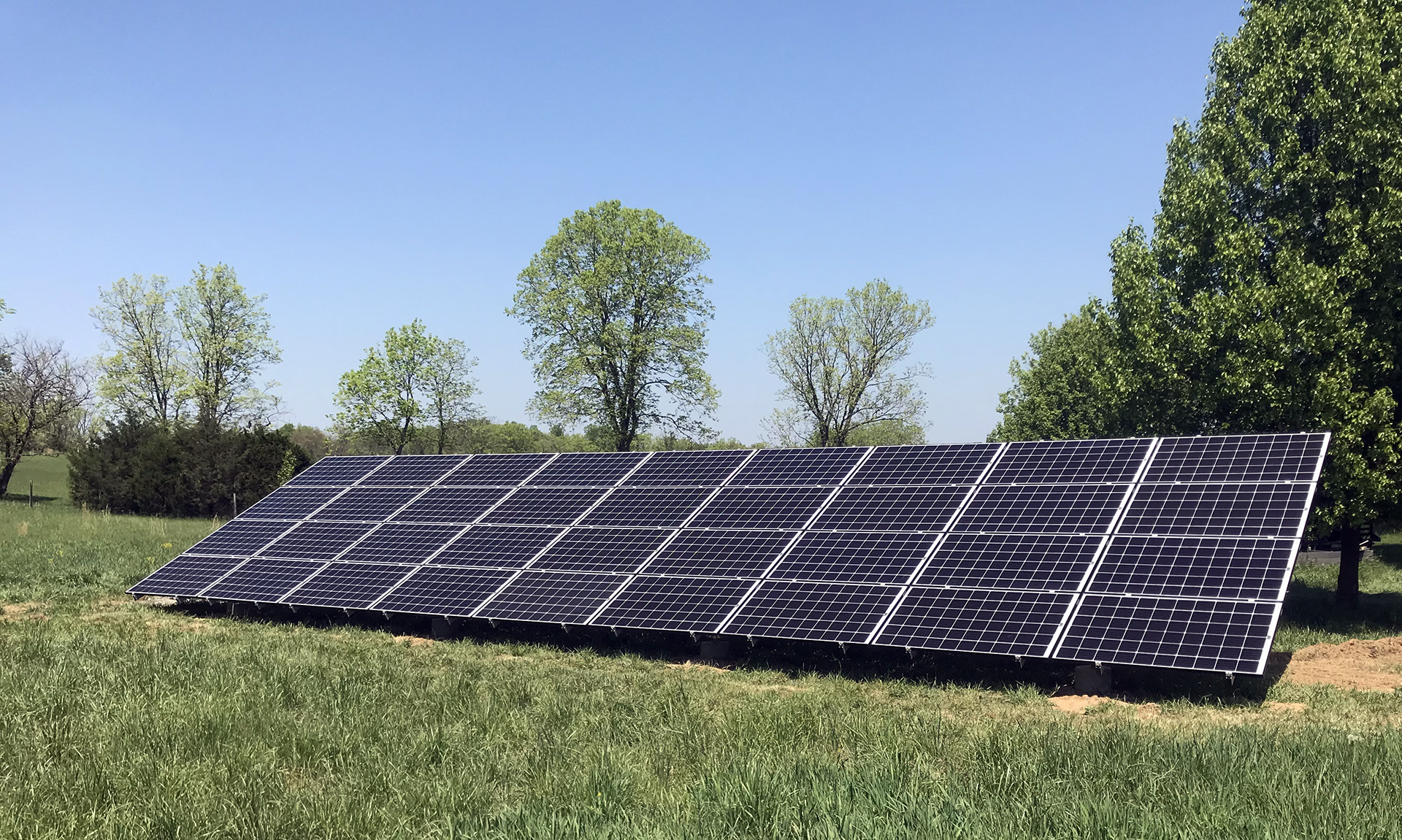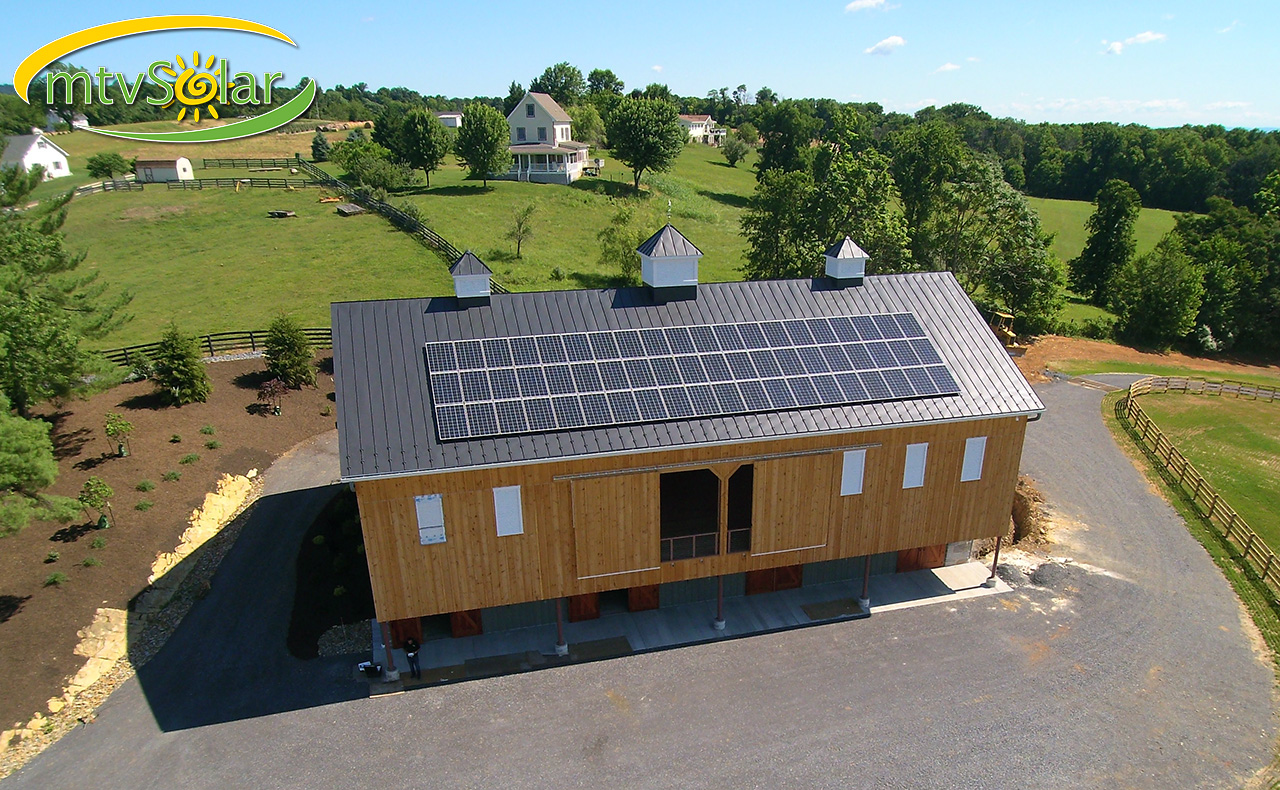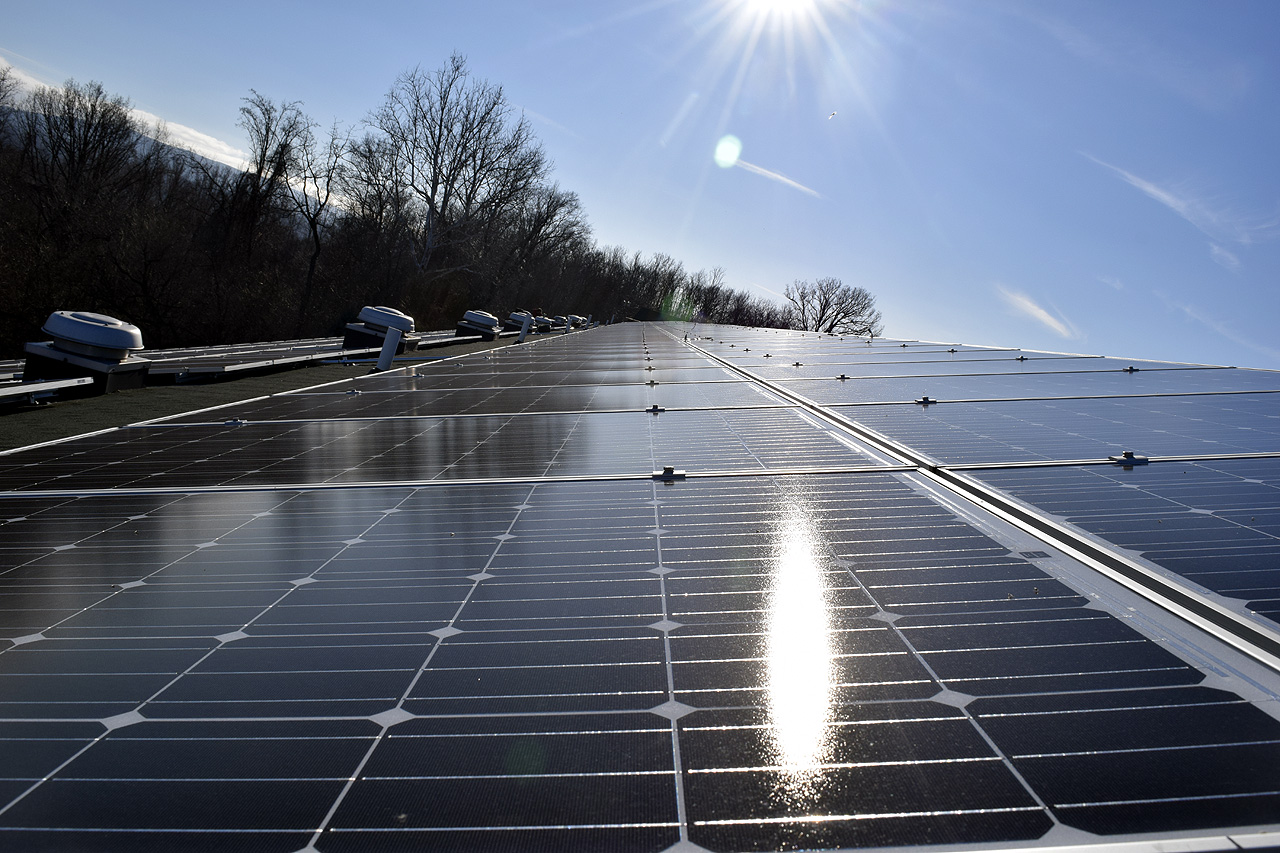 Solar panels are seen as a green innovation. They cost a fair bit up front, but last for a very long time. Most manufacturers offer a 25-year warranty, and state that panels should still be above 80 percent of their rated power output after 25 years. However, there is solid evidence that many panels will continue to last past that point. Data is somewhat uncertain for modern modules, but thirty years seems reasonable to expect, and 40 is not beyond the bounds for quality components.
Solar panels are seen as a green innovation. They cost a fair bit up front, but last for a very long time. Most manufacturers offer a 25-year warranty, and state that panels should still be above 80 percent of their rated power output after 25 years. However, there is solid evidence that many panels will continue to last past that point. Data is somewhat uncertain for modern modules, but thirty years seems reasonable to expect, and 40 is not beyond the bounds for quality components.
This does not mean, though, that they will last forever. Eventually, solar panels will degrade and have to be removed and replaced. Which is when they may become less green. Solar panels are made with a variety of materials. Most panels are made with silicon, with others containing such materials as cadmium telluride, copper indium gallium diselenide (what a mouthful), as well as platforms made of metal and glass. Many older panels contain lead, more recent ones contain a lot of aluminum in the frame. In other words, solar panels are made of complex materials, including a lot of metal, that we do not want to see end up in landfill.
The big question, then is: Can solar panels be recycled?
The answer, thankfully, is an emphatic “yes.” The global PV CYCLE network offers waste management for PV manufacturers, which allows for high level recycling of solar panels. 85% of silicon and 95% of PV semiconductors can be reused, as can most of the glass. In the future, companies will probably offer recycled solar panels, containing a certain amount of recycled material. Given the cost of refined silicon, it’s likely that old panels will become a valuable source of silicon for new panels down the road. However, PV-panel waste is still marked as general waste in most places, meaning it does not have to be recycled. The EU is ahead of the game, encouraging companies to recycle solar panels.
Recycling solar panels is difficult because they have to be dismantled first, given they contain a number of disparate materials. Also, at this point, the demand is so small that setting up recycling systems is not particularly cost-effective as at this point, most panels being recycled are ones that were damaged in a storm or similar so the numbers aren’t very large. Therefore this requires that government step in to ensure that these systems are ready in time. Californiahas already put in a legal framework to help develop recycling systems in time.
 Companies are, however, already starting to set up programs to allow consumers to return worn out panels for recycling. What shape these will take as they become larger in scale is uncertain, but you should consider talking to your solar module’s manufacturer and asking how they plan on handling things when your panels reach the end of their lives. Another potential complication for return and recycle programs is that many solar installations will no longer be in the hands of the original purchaser. If you purchased your array, then when you sell, make sure that the new owner gets the original purchase paperwork, especially if the panels are still under warranty. This will allow the array to be tracked.
Companies are, however, already starting to set up programs to allow consumers to return worn out panels for recycling. What shape these will take as they become larger in scale is uncertain, but you should consider talking to your solar module’s manufacturer and asking how they plan on handling things when your panels reach the end of their lives. Another potential complication for return and recycle programs is that many solar installations will no longer be in the hands of the original purchaser. If you purchased your array, then when you sell, make sure that the new owner gets the original purchase paperwork, especially if the panels are still under warranty. This will allow the array to be tracked.
Another good way to handle things would be to put it in the hands of the installers, who may well be installing an upgrade and hauling away the old panels at the same time. Setting up a system to allow installers to dispose of the panels at a central recycling location, regardless of manufacturer, might be the best idea. As silicon and thin film panels each have to be handled differently, though, they may have to be separated into different recycling streams. The industry is also working on educating commercial recycling companies on how to dismantle and recycle solar panels, and starting to share data on what is being processed. The biggest current obstacle to recycling is finding a place to take them.
The other problem developing is that the resale value of many solar panel components is low. Glass, for example, is easy to recycle, but low in value due to the sheer amount of glass being recycled in a year. More expensive metals such as copper are slowly being replaced by lower cost materials. This means that again, the government might have to step in to provide incentives to recycle solar panels. In Europe, the Waste Electrical and Electronic Equipment Directive requires producers to finance recycling and end-of-life treatment, but the climate in the U.S. makes similar regulations unlikely in the near future. With the likely increase in solar panels that need recycling looming in the next decade, it is more likely that action will be taken at the state level. The use of general recycling facilities that may be able to better afford to process large amounts of low value material, such as glass, may also be helpful.
 It is going to take work to keep solar energy green from “cradle to grave,” and most of it is outside the hands of individual consumers and installers. However, there are still a few things you can do. Most arrays have been installed in the last 10 years or so, meaning they have decades of life left in them. However, if you have an older array that is starting to reach the end of its life, making plans early is wise. Contact your module’s manufacturer to see if they have a recycling program for expired modules. If you are upgrading to a new system, you can also look at issues which may have decreased the life of your old one, such as placement (exposure to wind, for example, can cause panels to degrade more quickly). This is also the case for a new system – talk to your installer about the best placement to not only maximize output but extend the life of your panels.
It is going to take work to keep solar energy green from “cradle to grave,” and most of it is outside the hands of individual consumers and installers. However, there are still a few things you can do. Most arrays have been installed in the last 10 years or so, meaning they have decades of life left in them. However, if you have an older array that is starting to reach the end of its life, making plans early is wise. Contact your module’s manufacturer to see if they have a recycling program for expired modules. If you are upgrading to a new system, you can also look at issues which may have decreased the life of your old one, such as placement (exposure to wind, for example, can cause panels to degrade more quickly). This is also the case for a new system – talk to your installer about the best placement to not only maximize output but extend the life of your panels.
The first step to keeping solar green is to have low carbon debt modules installed by a qualified contractor.Your local WV, VA, MD and PA contractor, Mountain View Solar, only installs high quality components intended to last. Contact mtvSolar now for a free consultation and to discover the best solar solution for your home energy needs.

